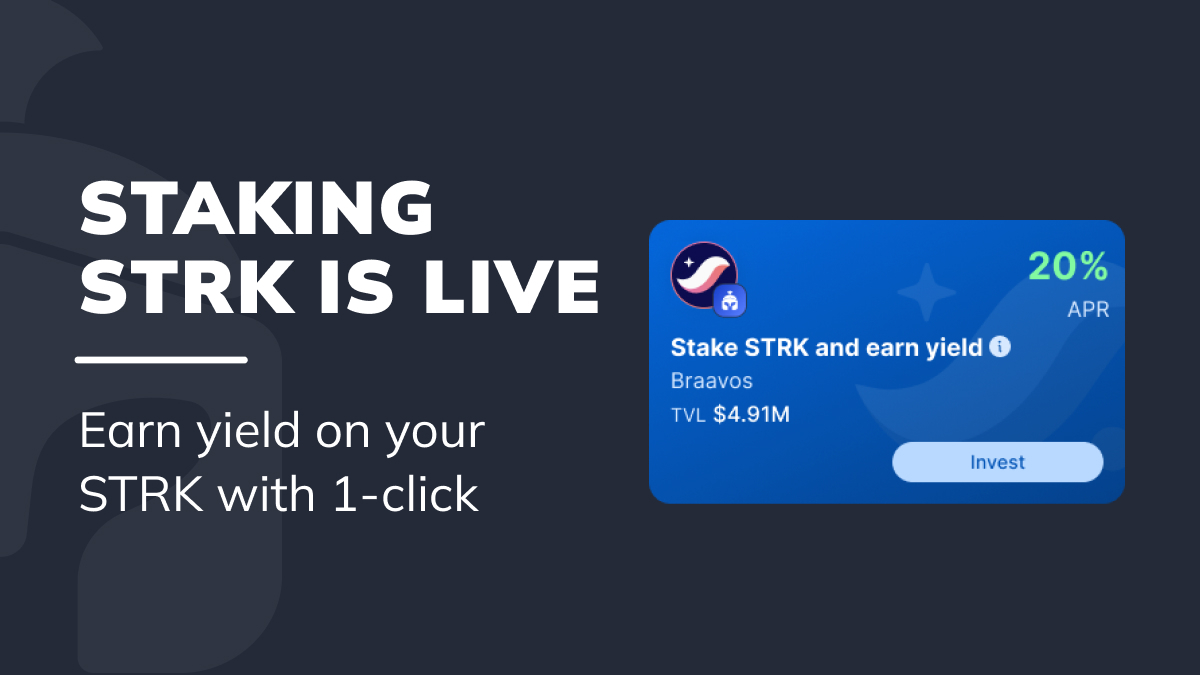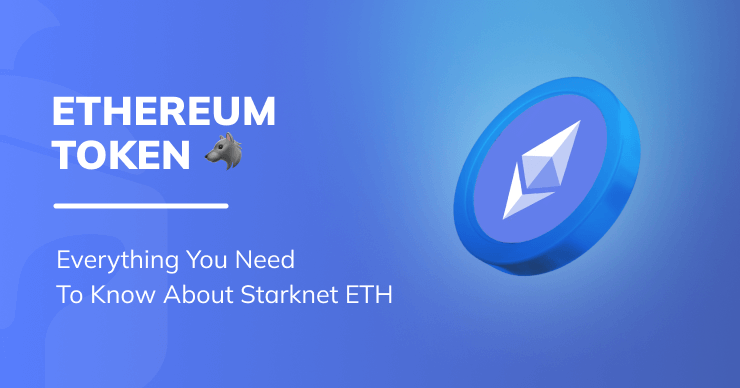Which Layer 2 rollups can truly scale Ethereum?
A fleet of Layer 2 rollups are vying to win Ethereum's scalability battle. But which projects can actually complete this daunting mission?
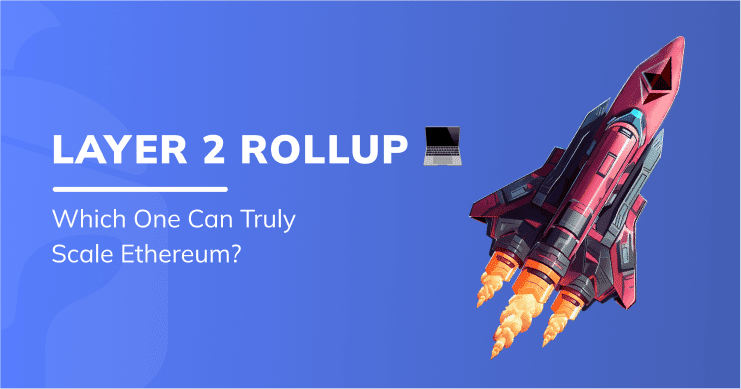
The race for Ethereum’s future is reaching its critical stage. Layer 2 rollups are the answer.
As the world’s biggest programmable blockchain creaks and strains, under relentless demand for decentralized finance (DeFi) and NFTs, a battery of new Layer 2 rollup projects are vying to unlock its potential.
These rollups sit on top of Ethereum but process transactions independently, free from the congestion on Layer 1. Each of them promises faster transactions, with minimal gas fees.
But beyond the hype and the headlines, which Layer 2 rollups can actually deliver on their mission? Which of them possesses the right core technology to process transactions safely, at speed and at scale?
That’s what we’re going to answer here. We’re going to examine each major rollup on Layer 2 Ethereum, specifically looking at:
- The wider need for Ethereum Layer 2 rollups
- Their current transactions per second (TPS).
- Their technology base, and whether it’s capable of scaling with demand.
The Top Line
Before we get into the details, here’s some info that will frame the article.
Why is Ethereum struggling to cope with demand?
Ethereum is the home of DeFi, permissionless financial services made possible by its smart contracts. But this is squeezing Ethereum’s computation capacity. Block space is limited and the validating system is relatively slow.
Ethereum is currently processing only 12 transactions per second. This represents a tiny fraction of current requests for swaps, trades, NFTs and yield farming. As a result, users face lengthy wait times and heavy gas fees.
So how do Layer 2 rollups help with this?
A Layer 2 rollup processes transactions off-chain before posting a record back on Layer 1. It reduces Ethereum’s computation work by rolling up transactions into batches and compressing them into a single record, spreading costs amongst multiple TXs.
Right. But are any Layer 2 rollups actually processing more transactions than Ethereum right now?
Not yet. L2 rollups are generally recording a lower number of transactions per second (TPS) than Ethereum. We’ll give you the full breakdown below.
So rollups are slower than people thought?
No. It’s true that Layer 1 Ethereum is demonstrating higher transaction throughput than Layer 2 rollups at present, but that’s a reflection of demand, not speed. Some Layer 2 rollups are actually capable of processing more TPS, and they’ll prove it when demand picks up.
Optimistic rollups vs ZK rollups
All rollups currently fall into two specific baskets: optimistic rollups and zero-knowledge, or validity rollups.
To avoid repetition later on, let’s look at the main differences between them.
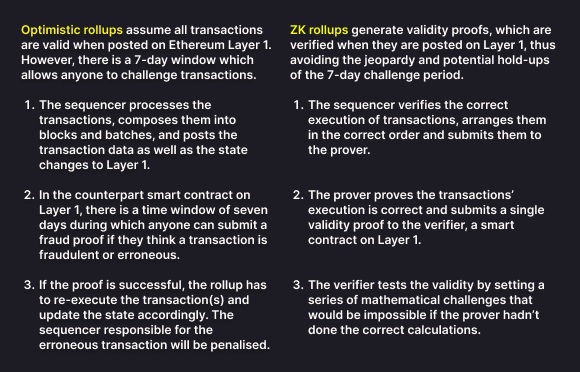
We’ll be publishing a detailed explainer on the whole ‘ZK rollups vs Optimistic rollups’ debate soon. It will be accessible from this page as soon as it’s live. This article from CoinMarketCap also offers a good primer.
The main Layer 2 rollups compared
Now let’s look at some of the most popular Layer 2 rollup projects, exploring the specific differences in their validation.
Arbitrum One
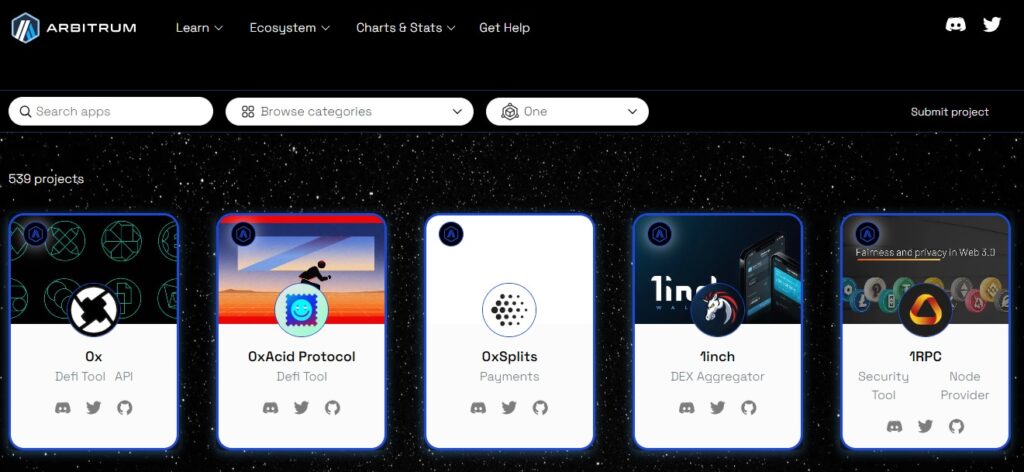
Current average TPS: 8.29
Arbitrum One, or simply Arbitrum, is the founding father of Layer 2 rollups.
Released in August 2021, it’s a classic optimistic rollup. The sequencer sorts the transactions, and an updated version of the state root (an encrypted hash containing updated account balances and other key information) goes to Layer 1. Anyone can challenge this root by submitting a fraud-proof for the next seven days.
What makes Arbitrum different?
Arbitrum differs from other optimistic rollups through its use of multi-round fraud proofs, which involve back-and-forth interaction and off-chain execution. The Layer 1 chain only has to re-execute one step, and the process is designed to be more gas-efficient than alternatives.
What might limit Arbitrum’s future expansion?
A major limitation on all optimistic rollups is their inherent technology. All nodes that want to verify the correctness of the state need to re-run all transactions.
Furthermore, multi-round proofs create a specific scalability drag, because they require the original submitter to be online and co-operative. Certain commentators have suggested the system could be slow. In fact, some claim the fraud-proof may take two weeks to complete.
Finally, Arbitrum’s validator set is currently white-listed, meaning it is restricted to a group of people who have been approved by the project (rather than being open to everyone).
_____
Optimism

Current average TPS: 6.41
Optimism launched slightly later than Arbitrum, going into open mainnet in December 2021. And while the two validation systems are broadly similar, there are some subtle differences.
What makes it different?
Optimism uses single-round rather than multi-round proofs. These single-round proofs execute on Layer 1 (and thus consume higher gas fees) but they may ultimately enable validators to challenge entire blocks of transactions.
Furthermore, Optimism’s validator system is permissionless, meaning anyone can take part.
What might limit Optimism’s future expansion?
Just like Arbitrum, Optimism’s inherent technology may create a barrier to future expansion.
Furthermore, Optimism has yet to complete its fraud proof system. In fact, not a single fraud proof has been submitted up to now. This means that Optimism actually allows invalid state roots (in other words, invalid account balances).
____
zkSync Era

Current average TPS: 8.46
zkSync Era, which went live in March 2023, has received as much interest and media attention as any of the Layer 2 rollups to have launched in recent months.
As its name suggests, zkSync Era is a zk rollup (although it leaks information). A proof known as a SNARK is sent to layer 1, where it is verified by the mainnet contract.
What makes zkSync Era different?
zkSync Era relies on a proving system known as PLONK, designed to provide efficient verification and excellent customization.
What might limit zkSync Era’s future expansion?
PLONK proofs are subject to certain limits. Specifically, there is a limit on the amount of data PLONKs can generate proofs for.
____
Polygon zkEVM

Current average TPS: 0.47
Polygon zkEVM is another zk rollup, which launched around the same time as zkSync Era. The two networks offer broadly similar capabilities, notably their use of SNARK proofs. However, there are some subtle differences, including their validation technology.
What makes Polygon zkEVM distinct?
Rather than PLONK, Polygon zkEVM relies on FFLONK, which requires less calculation at the verification stage and yield significant cost savings.
What might limit Polygon zkEVM’s scalability?
While other zk scaling solutions convert Ethereum’s native code into a language that’s more compatible with zero knowledge technology, Polygon runs Ethereum’s native opcodes. As some commentators have pointed out, this could create scalability issues in the future.
____
Starknet

TPS: Now potentially 100
Starknet launched on Ethereum mainnet in November 2021, promising “the safest and most scalable cryptographic proof system.” Its TPS capacity has been, and will continue to be, dramatically increased by the so-called Quantum Leap series of upgrades, starting July 2023.
What makes Starknet different?
While Polygon zkEVM and zkSync Era send SNARK validity proofs to Layer 1, Starknet sends STARK proofs, which offer several benefits over SNARKs.
- Transparency. SNARKS require a trusted setup, meaning that a particular group of individuals are required to create secret keys (and can create a point of weakness if exposed to attack), while STARKs do not.
- Scalability. STARKs are built on simpler mathematics and leaner cryptography (with collision-resistant hashes) than SNARKs, which makes them easier to scale.
- Quantum-resistant. STARKs are resistant to attacks from future quantum computers.
What might constrain Starknet’s scalability?
Up to v0.12, Starknet’s transaction throughput has been constrained by its sequencer, which was written in the general-purpose Python language rather than a performance-oriented, efficient alternative.
However, in the first tranche of Starknet’s v.012 Quantum Leap upgrade, this sequencer has been replaced by a new version written in the faster, more dynamic Rust.
This change, accompanied by a series of improvements that will be rolled out in subsequent upgrades over the next few months, has the potential to increase Starknet’s transaction throughput to 100TPS and beyond – giving it the highest throughput of any Ethereum rollup project.
The future for Layer 2 rollups
Going forward, validity (zk) rollups have greater potential to scale Ethereum than Optimistic rollups. The former rely on math, while the latter rely on game theory and economic incentives. Furthermore, when compared to SNARKs, STARK technology can generate proofs from much larger amounts of data.
The next few months will be fascinating – and crucial.
If you want to explore Starknet, you can do so with Braavos, our self-custodial smart contract wallet. Braavos offers passive and active trading options with customizable security features, and it’s available on all major browsers. Download here.
And if you would like to discuss optimistic validation, zero-knowledge validation or anything else related to Layer 2 rollups, don’t hesitate to reach out to us on Twitter or Discord.

